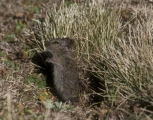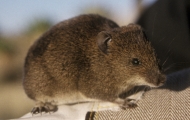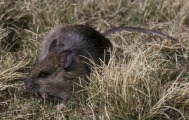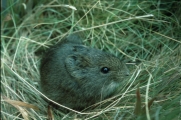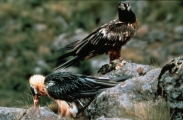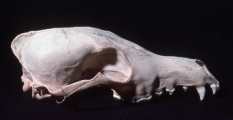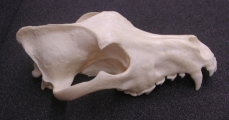 |
|
|
|
|
|
|
If we compare the bird communities of different tropical mountain systems, we can find many convergences. This is not that astonishing, because tropical high altitude biomes are quite similar world wide despite taxonomic differences in their floristic composition. More interesting for drawing conclusions about the development of an ecosystem is to compare differences in a community rather than similarities. We will have a more detailed look at the bird foraging guilds of the Ethiopian Highlands and the Andean Puna. Both ecosystems consist mainly of dry grassy or shrubby steppe vegetation. |
|
Looking at the proportion of trophic groups from the grassland of both areas, it is striking that predators and scavengers are more highly represented in the Ethiopian Highlands than in the Andes. Predators and scavengers make up 32% of trophic groups in Ethiopia vs. only 13 % in the Andes. A ratio of 1.6 species/ genus in Ethiopia vs. 1.1 species/ genus in the Andes is a further indicator of a finery subdivision of ecological niches in Africa than in South America. 1 - Jackal buzzard (Buteo rufofscus). Photo: R. Güttinger (81K) |
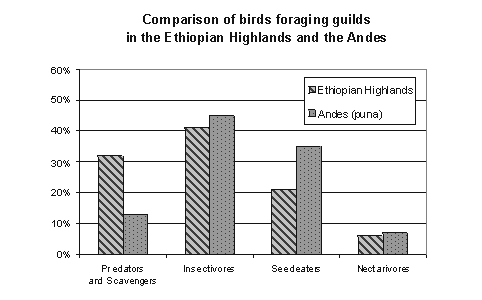 2 - Comparison of foraging guilds |
Where does the high diversity of carnivore birds in the Ethiopian Highlands come from? To explain these phenomena we have to look back at the history of the Ethiopian Highlands. The ice age (1.8 million - 8000 years ago) caused an enormous expansion of the alpine grassland habitat. This large habitat was mainly occupied by small mammals. Over a long time period, these small mammals evolved radially into a large variety of different forms and species. Today the endemism in small mammals of the Ethiopian Highland is about 80%. Benefitting from such a rich food supply, a diverse carnivore fauna could evolve. |
|
The diversity of scavenger species beeing greater in Africa than in South America can be explained by the rarity of large herbivores in the Andes. The populations of these rare camelids (Vicuna (Vicugna vicugna), guanaco (Lama guanicoe)) and the uncommon andean deer (Hyppocamelus anticensis) are not large enough to support a high number of scavengers. |
4 - Scavenger bearded vultures (Gypaetus barbatus) (109K) |
Because of the high diversity of small mammals, we can find another peculiarity in the Ethiopian Highlands. The semian fox (Canis simensis) is a large carnivore (similar to the grey wolf (Canis lupus) in Europe) that has specialised in hunting small mammals. The specialisation is clearly visible when comparing the two skulls. An elongated snout and smoother skull bones show the modified nutrition. |
5a and b - Skulls of the Simian fox (Canis simensis, left) and the grey wolf (Canis lupus, right) (91K and 87K) |
|
|
|
Dorst J and Vuilleumier F (1986) Convergences in bird communities at high altitudes in the tropics (especially the Andes and Africa) and at temperate latitudes (Tibet). In: High altitude tropical biogeography (Vuilleumier F and Monasterio M (eds.)). Chapter 6:120-149. |
|||
29 August 2011 |
||
| |
||

